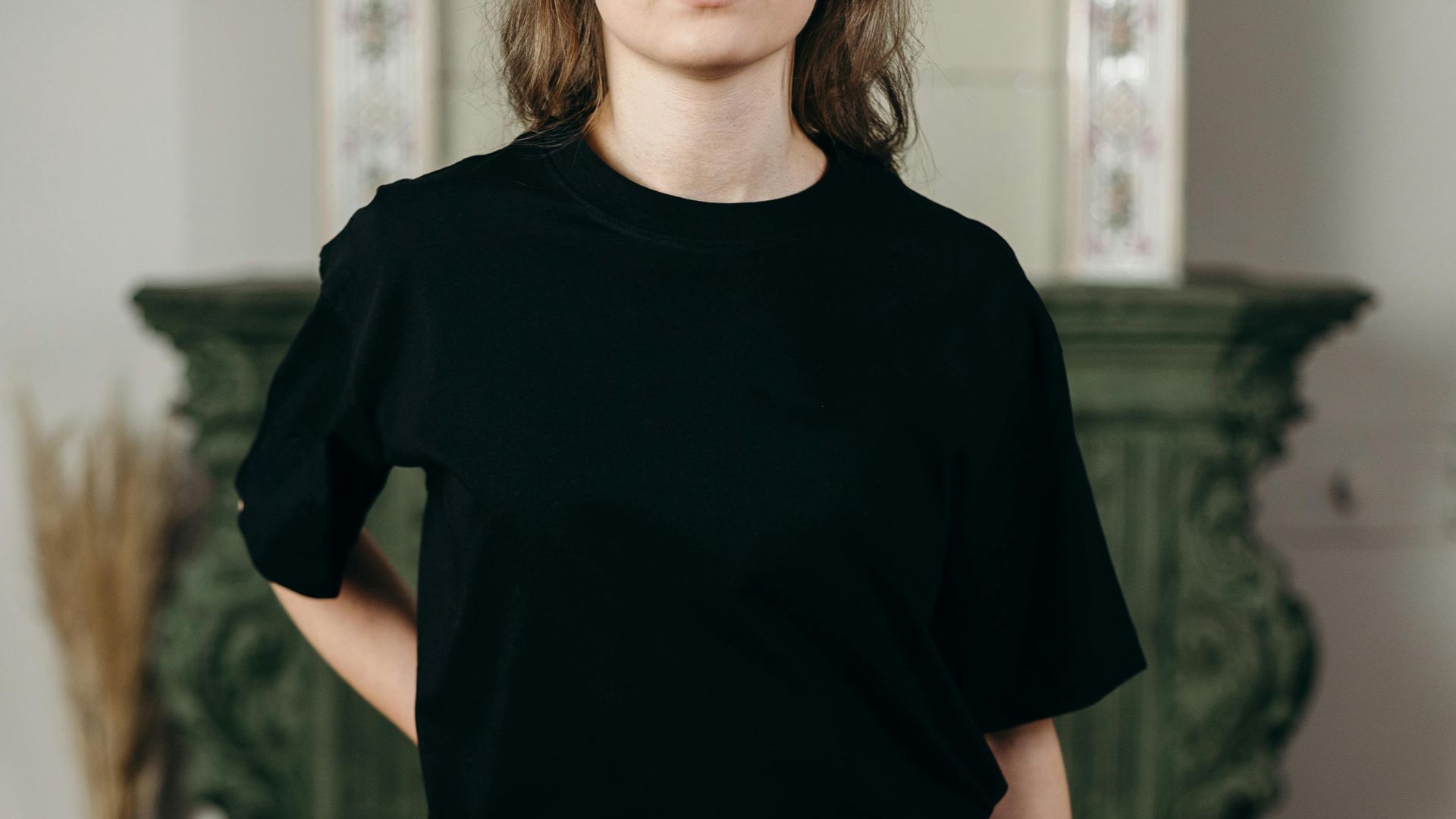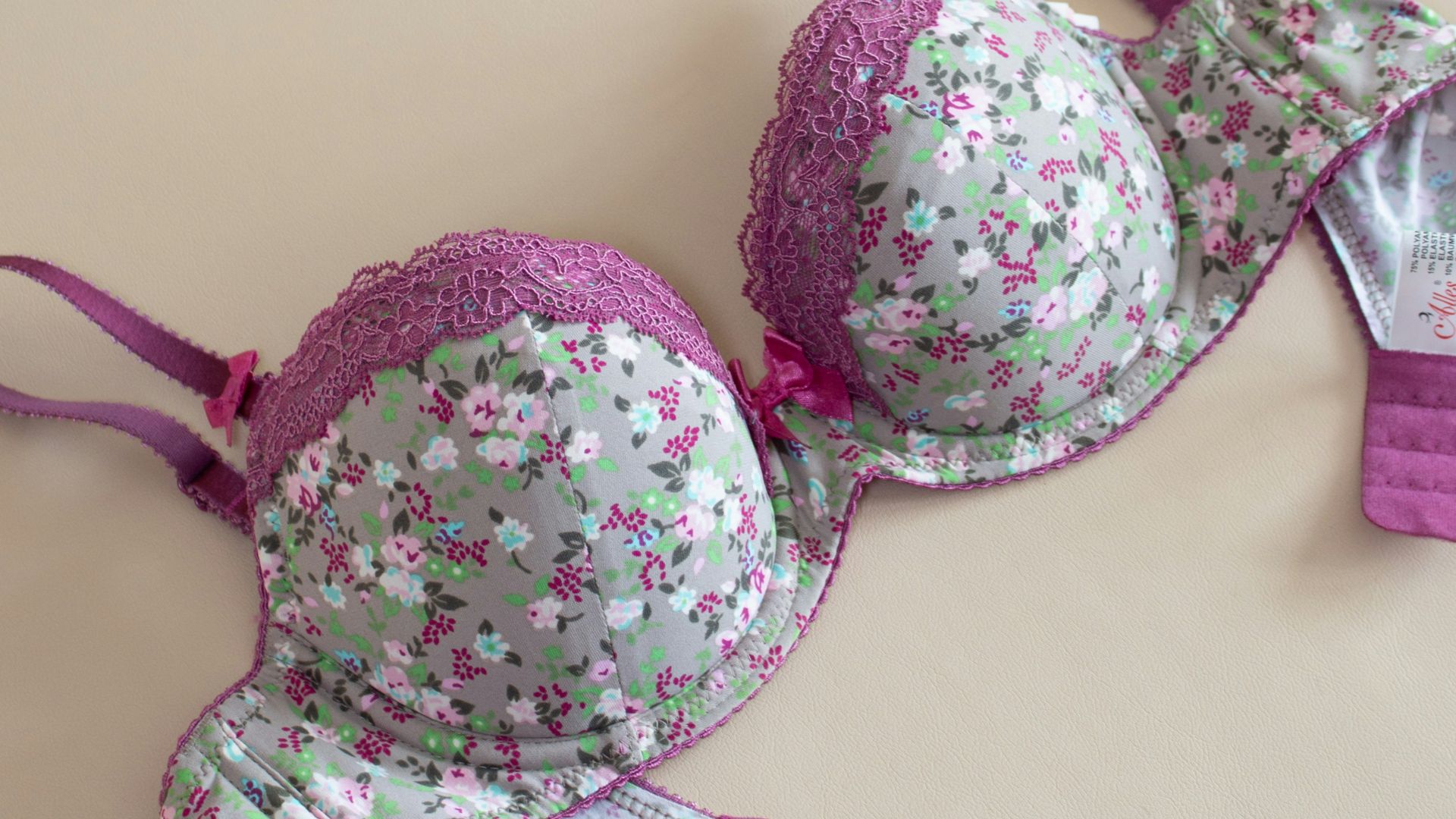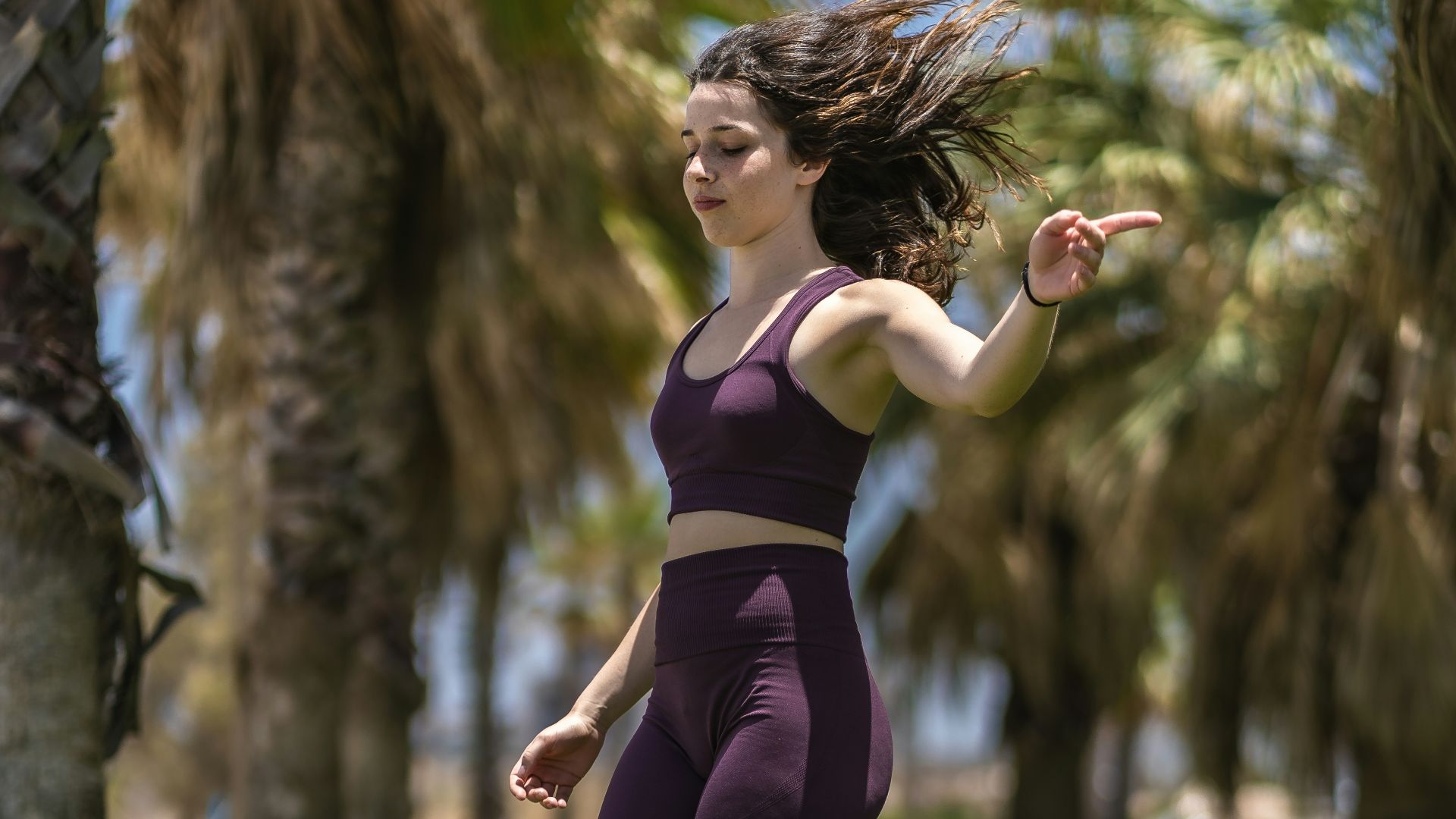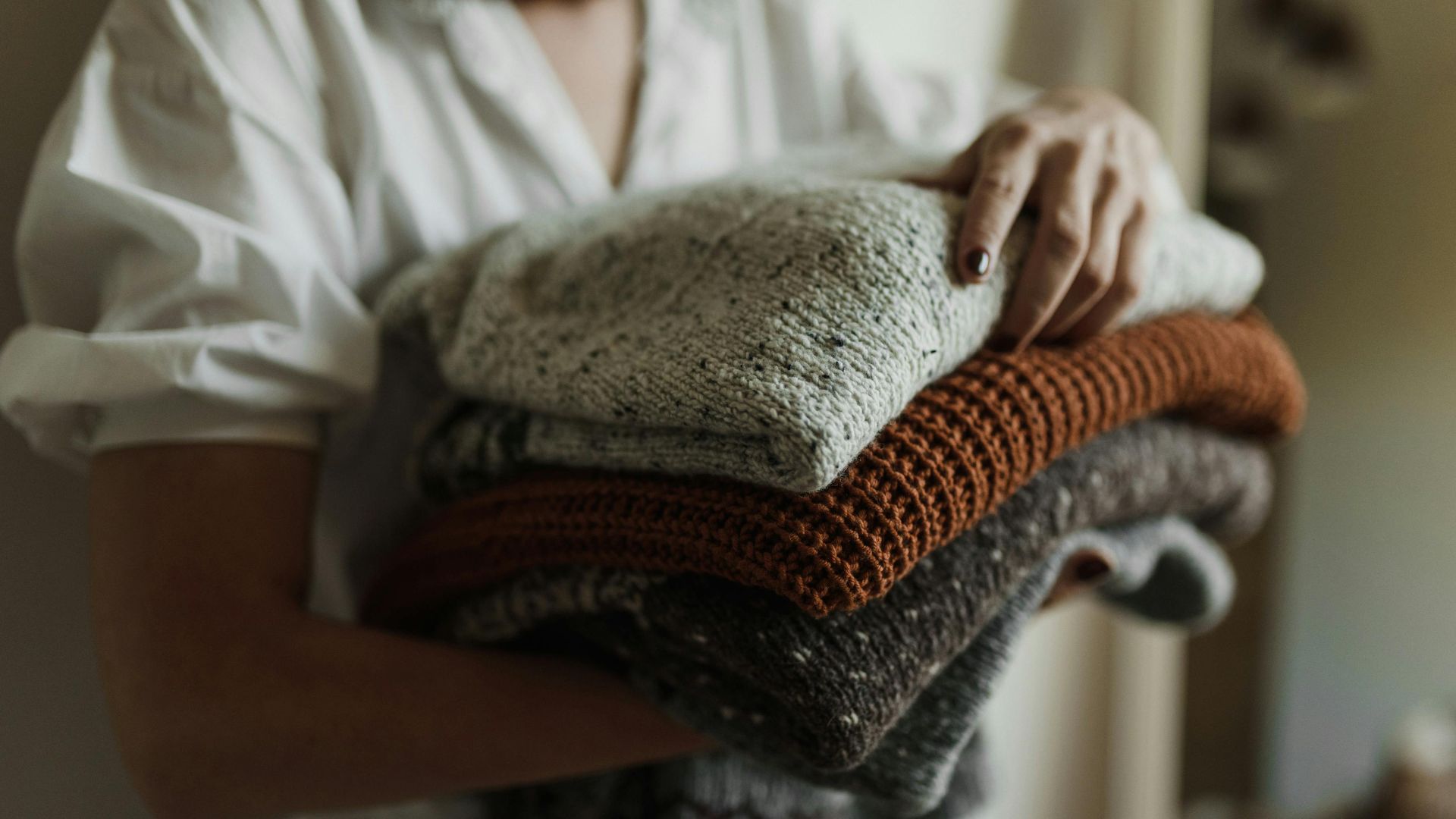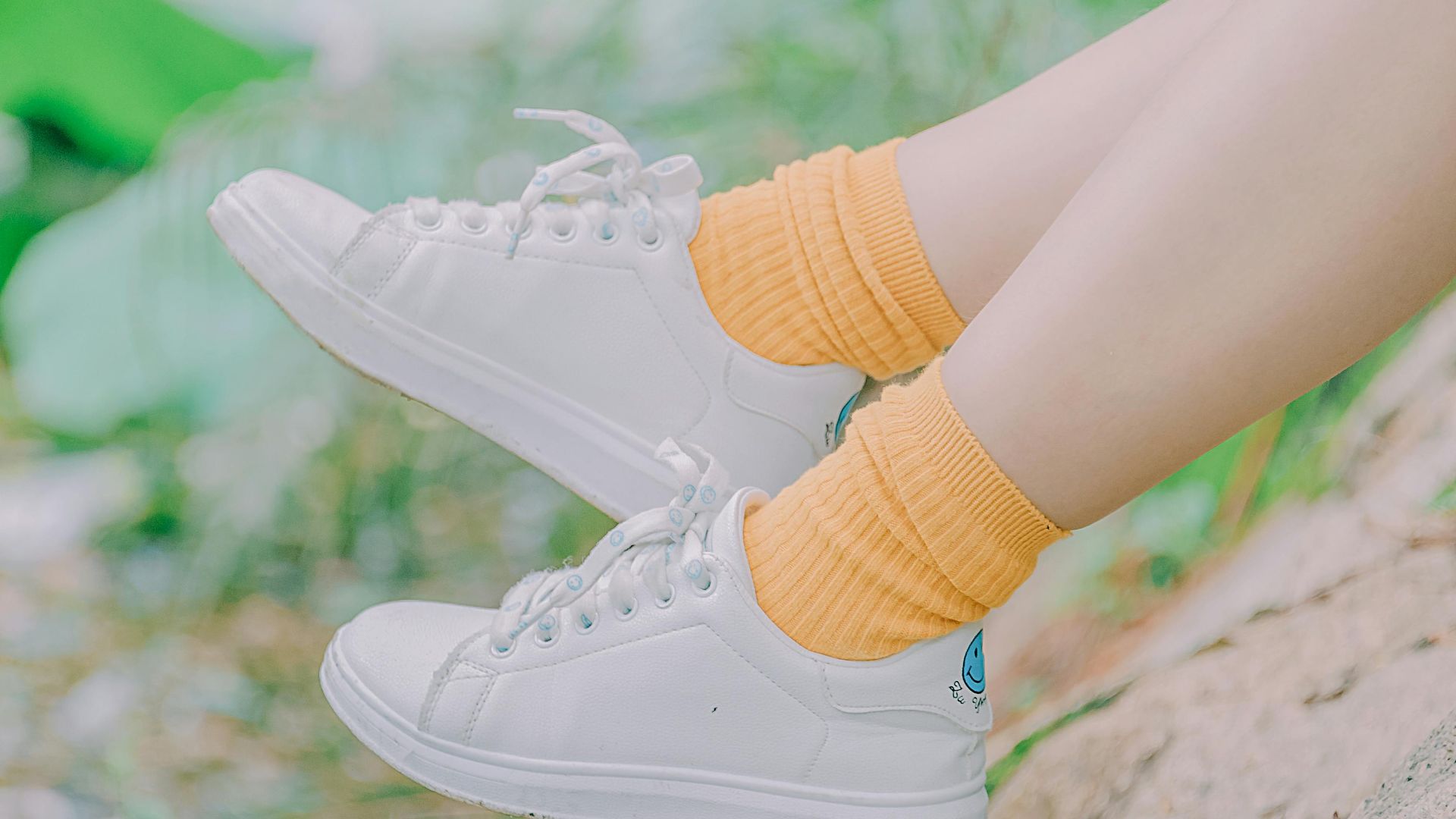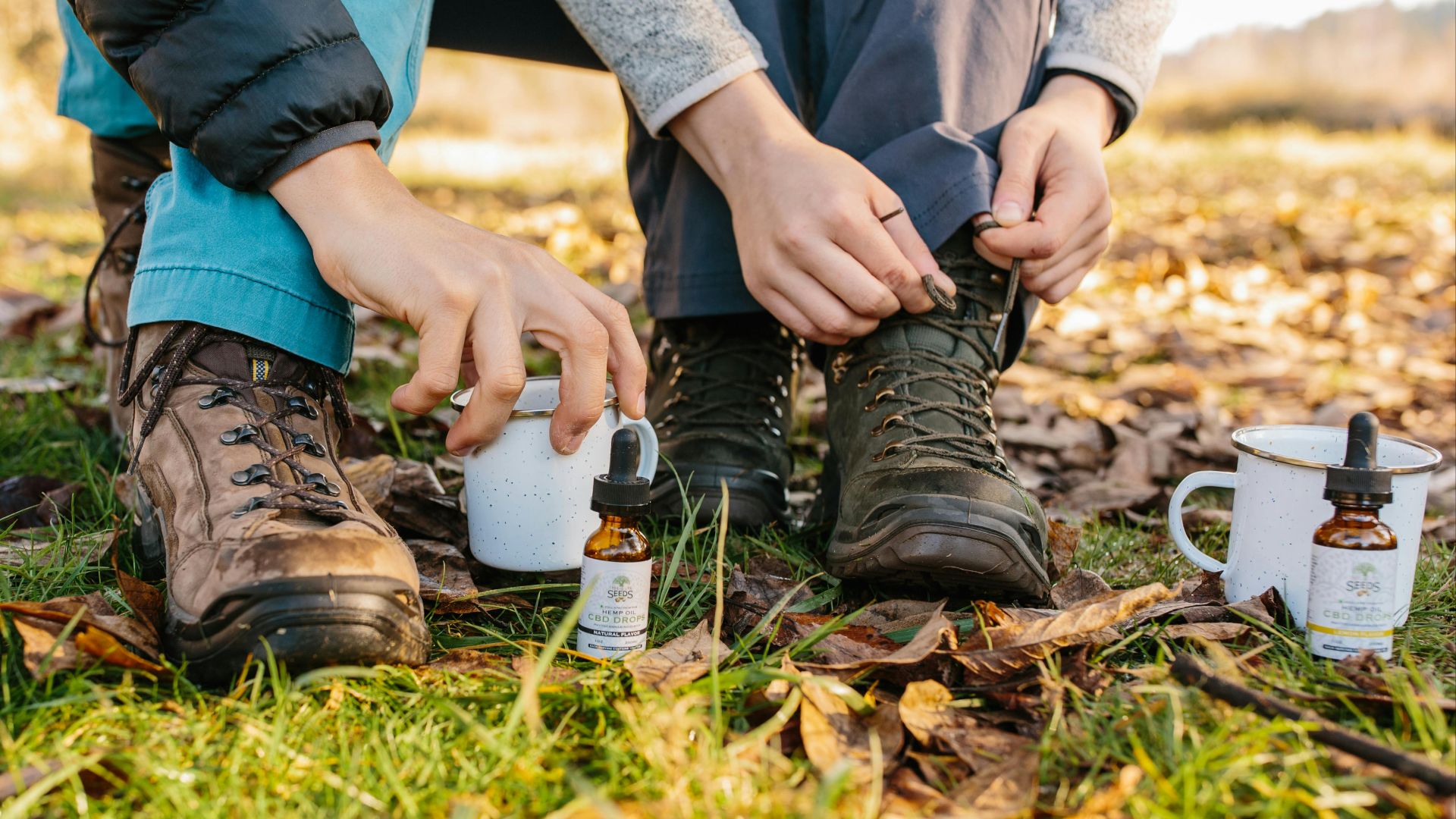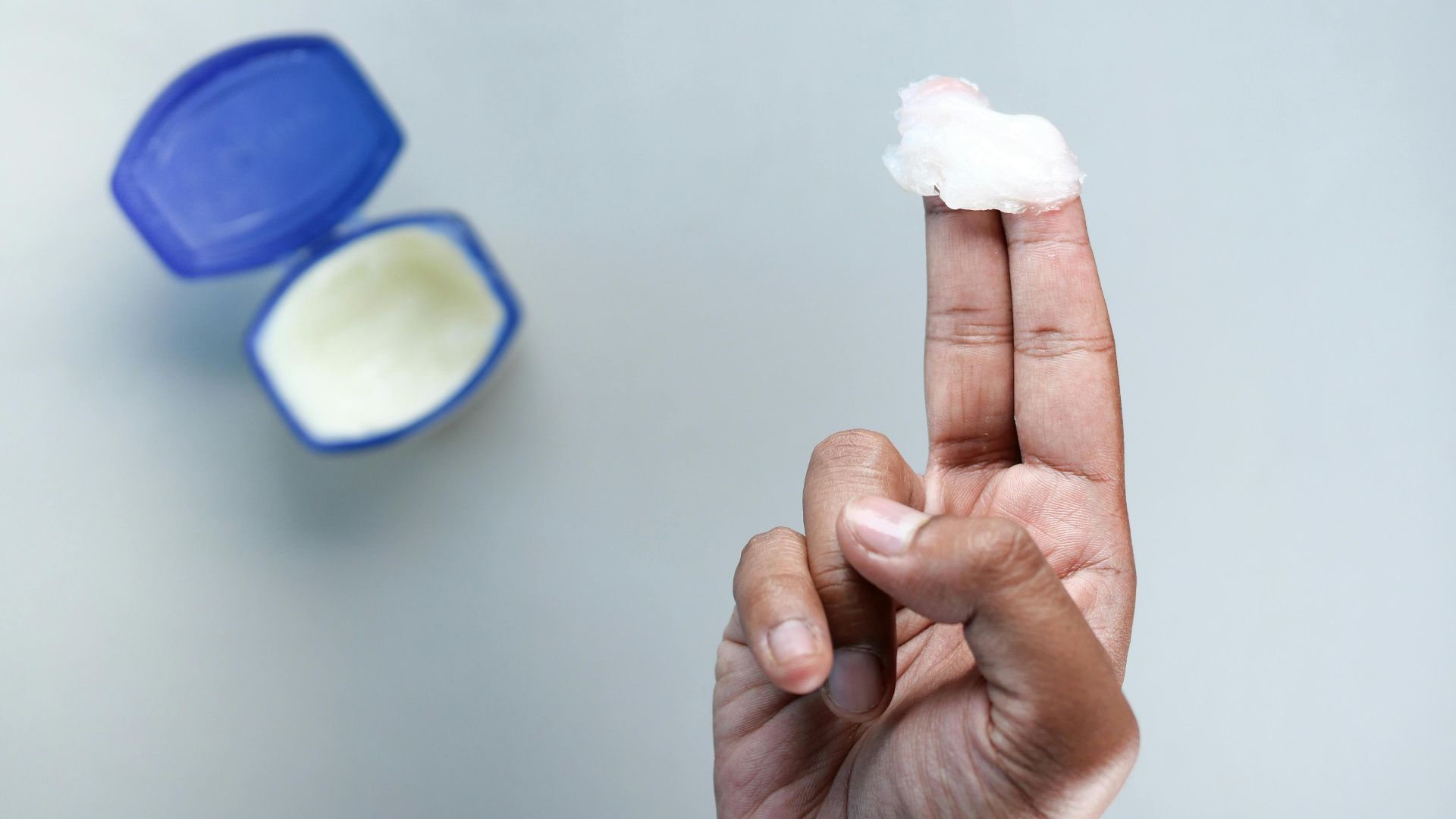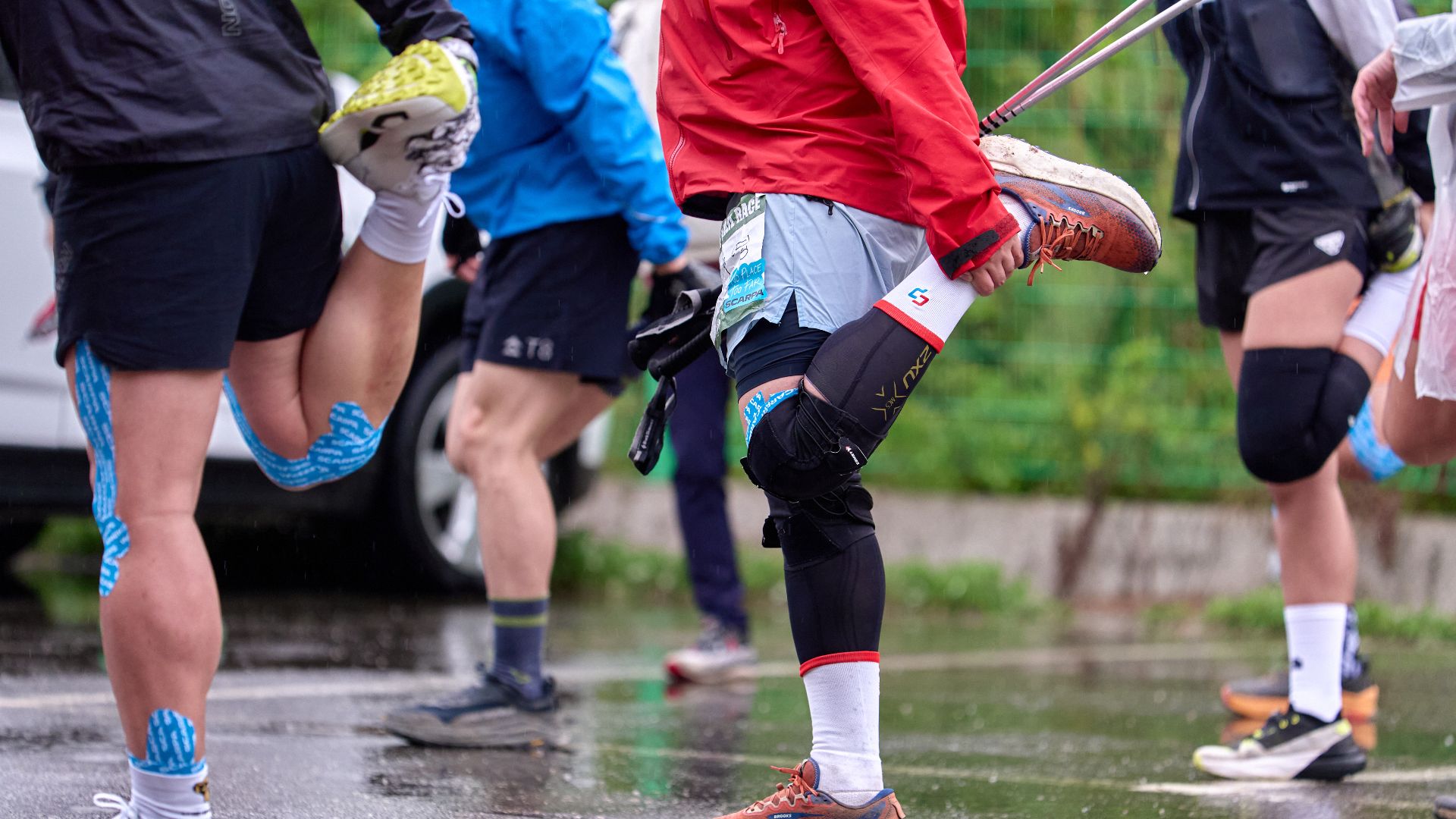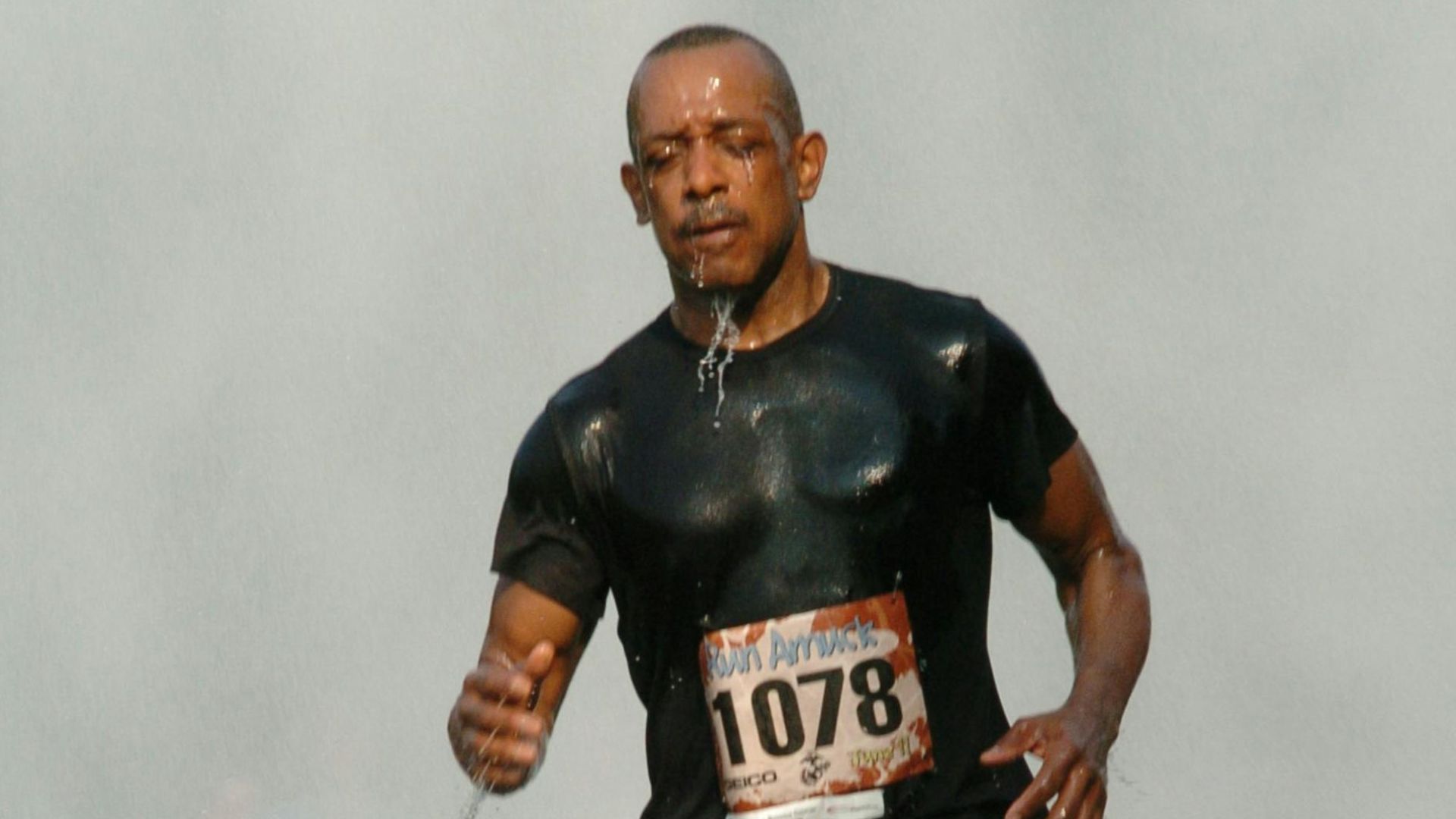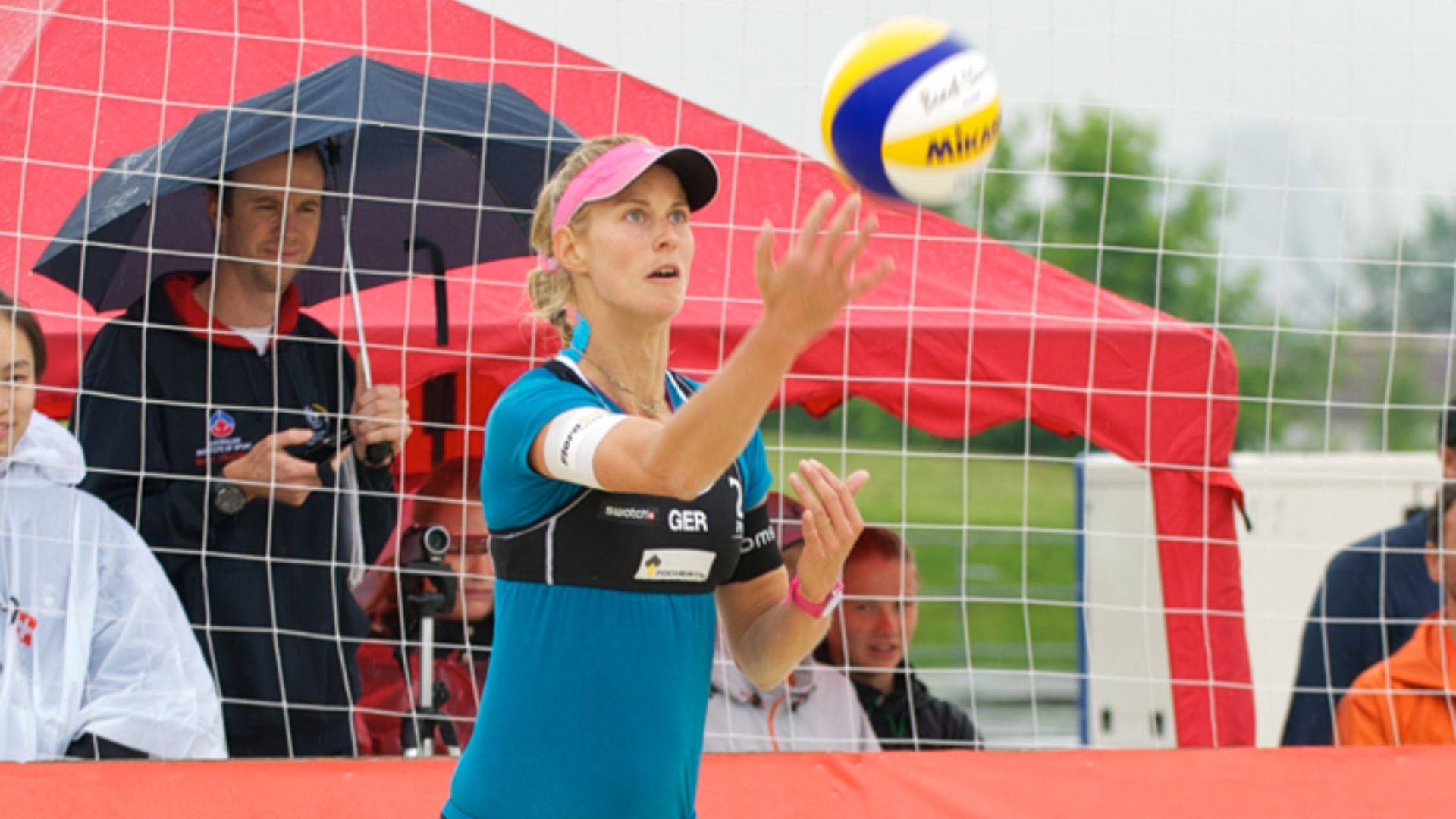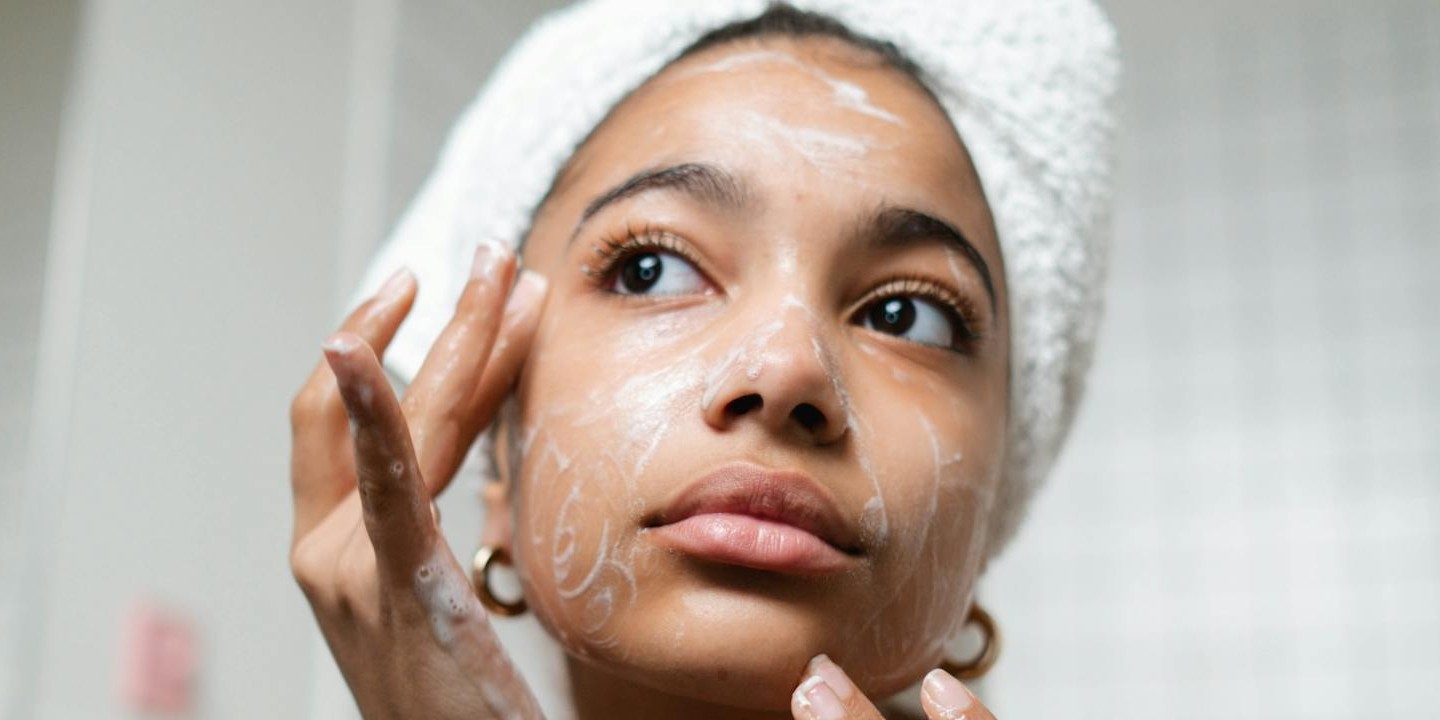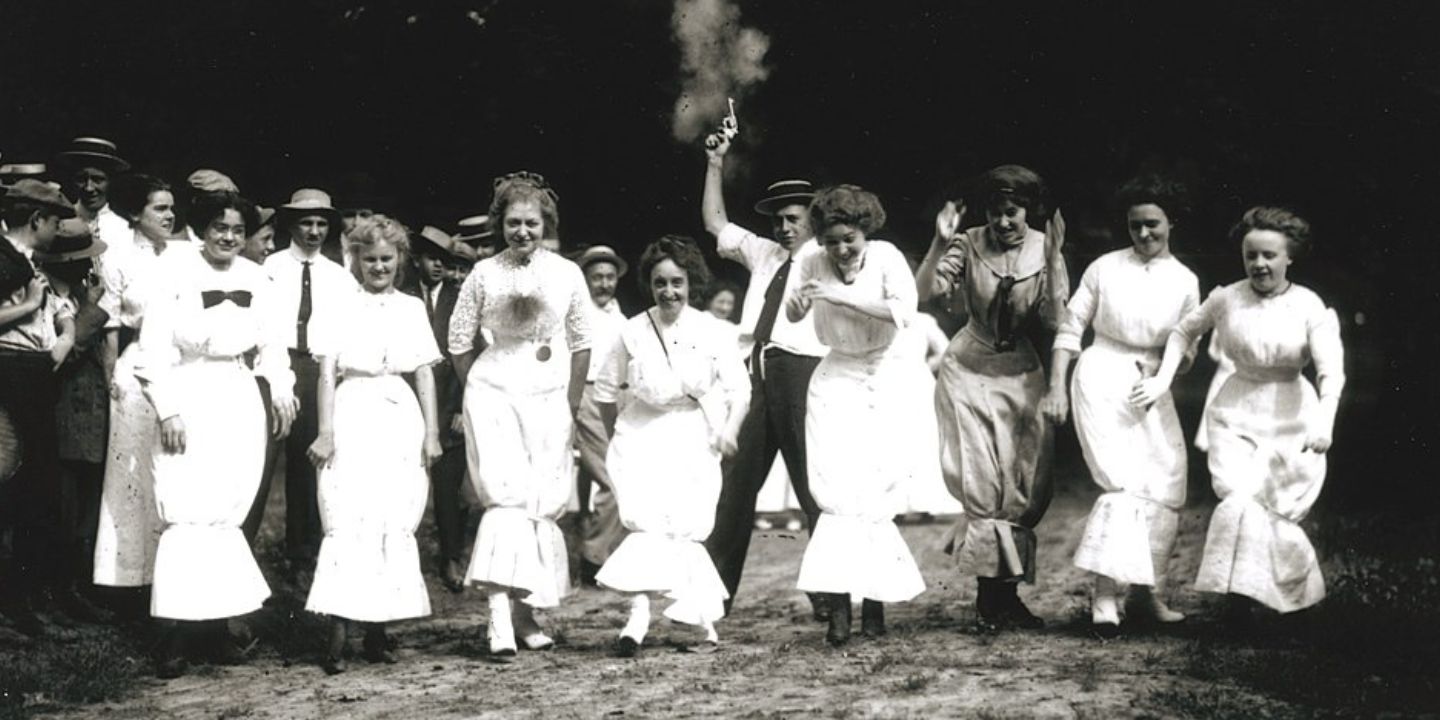Friction Fashion Fails And Fixes
We’ve all been there—wearing that killer outfit only to end the day with skin so irritated it feels like it went through battle. That awful rubbing, stinging sensation is not a mystery. Some clothes practically invite chafing. However, there’s hope! Here, we expose the biggest culprits and arm you with soothing tricks and must-know fixes to reclaim comfort without sacrificing style. Let’s begin with the clothes that rub you the wrong way.
1. Tight Jeans
Denim doesn't breathe; it traps. This phrase is a common perception about denim fabric, particularly in hot weather. While denim is made from cotton, which is naturally breathable, the tight weave and thickness of the fabric can indeed trap heat and moisture.
2. Cotton T-Shirts
While cotton T-shirts are soft and breathable, they are secretly out to ruin your day if sweat-soaked. Cotton clings to skin and holds salt and moisture hostage until chafing sets in. Trash it if you want to work out because it can feel like sandpaper mid-jog.
3. Underwire Bras
Every woman knows the relief of taking one off—because underwire rubbing is real. Ill-fitting bras dig under the bust and around the ribs, especially during long wear. For nursing moms, add breastfeeding friction into the mix.
4. Leggings And Tight Athletic Wear
Seams, especially in snug designs, can rub relentlessly during reps or runs. Also, users of these clothes may get “Jogger’s nipple,” a legit condition caused by chest friction. The chaffing worsens with repetitive motion when cycling or jogging.
5. Wool Sweaters
That sweater grandma gave you seems cozy, but your neck might disagree. Wool’s coarse fibers scrape at sensitive skin. People with allergies or skin conditions experience heightened irritation, which is exacerbated by moisture since it makes it sink in deeper.
6. Seamed Socks
They have tiny seams but are a big betrayal. Those rough ridges inside some socks create friction zones on toes and heels. Runners, especially, know the pain—blisters form quickly if the sock shifts even slightly.
7. Tight Swimsuits
The combination of chlorine, salt, and tight fabric creates a chafe cocktail, and areas like the groin and underarms take the brunt of it. Dermatologists call it “friction dermatitis,” and it’s more common than you’d think. Doing a backstroke in a tight swimsuit will leave you with stinging skin.
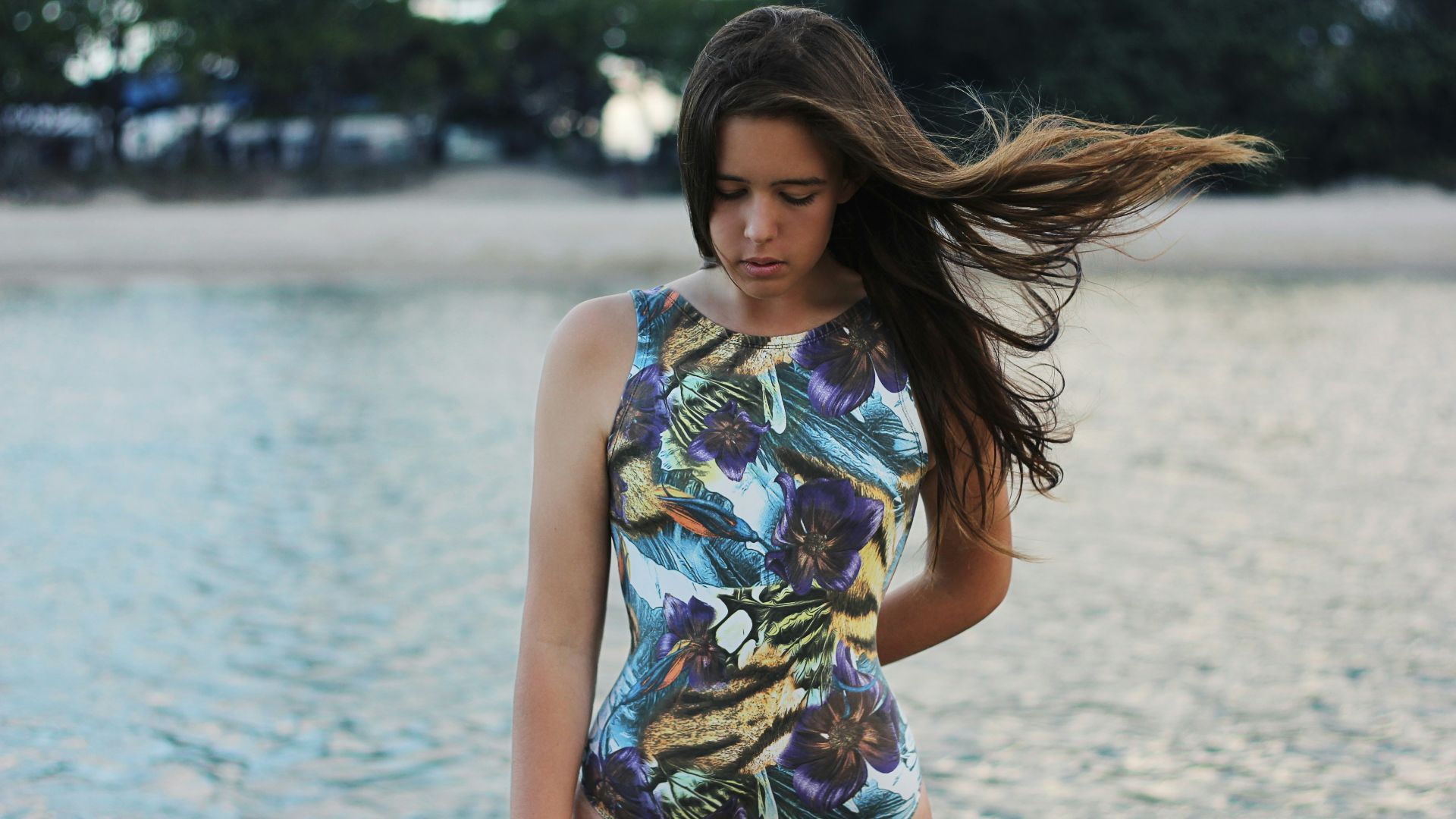 Christopher Campbell on Unsplash
Christopher Campbell on Unsplash
8. Compression Shorts
While they may hug your muscles, they don’t always play nice with your skin. Tight elastic and stitched seams rub against thighs and waistlines during motion-heavy activities, and the longer the workout, the louder the skin protests.
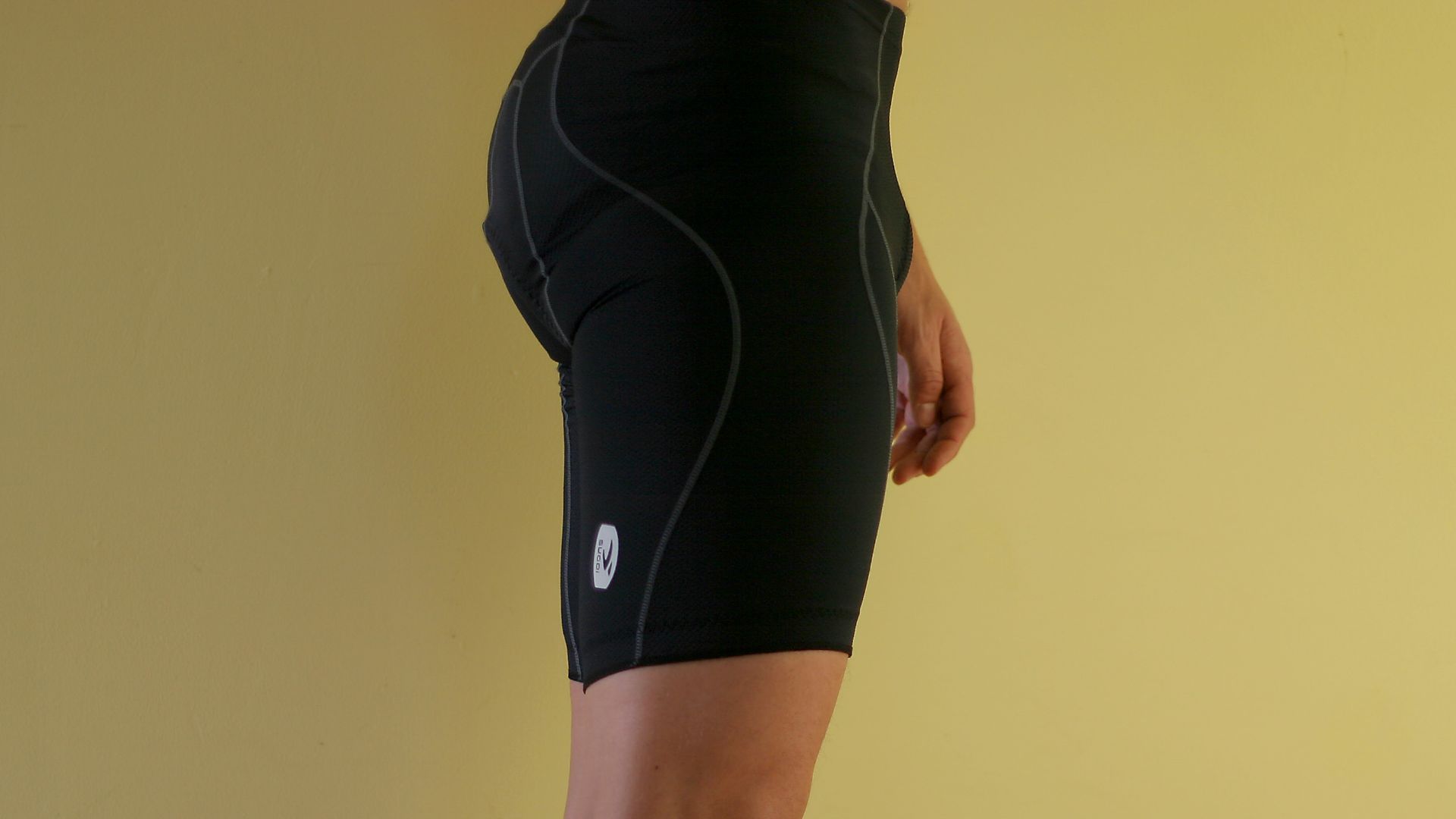 SuperFantastic from San Francisco on Wikimedia
SuperFantastic from San Francisco on Wikimedia
9. Hiking Boots
Nothing says “rookie” like fresh hiking boots and tender ankles. Stiff soles and internal seams grind against sweat-slick skin on every incline. By the time you reach mile five, comfort is a distant memory, and friction is your trail companion.
10. Skirts And Dresses
That breezy freedom comes at a cost, especially for inner thighs. In hot weather, skin-on-skin contact beneath a skirt can spiral into burning friction fast. Once the fabric starts swaying and sticking, the walk turns into a slow shuffle of regret.When the rubbing starts, the following 10 everyday tricks can help.
When the rubbing starts, the following 10 everyday tricks can help.
1. Wear Moisture-Wicking Fabrics
Sweat doesn’t just make you damp, it sets the stage for friction. Fabrics like nylon and polyester pull moisture away from your skin and prevent it from turning into a salt crust. Athletes who’ve ditched cotton for synthetics report a major drop in chafing.
2. Choose Proper Fit Clothing
Rubbing starts where fabric shifts or digs. Garments that hang too loosely can rub with every step, while ultra-tight pieces tend to press and scrape in all the wrong places. A well-fitted layer holds steady without pinching or sagging.
3. Apply Lubricants Like Petroleum Jelly
When inner thighs feel the burn, a swipe of petroleum jelly can go a long way. It creates a slick barrier to block direct contact between skin and fabric. Just remember it only works if you reapply before the rub returns.
4. Keep Skin Clean And Dry
Sweat dries, but the salt and bacteria it leaves behind can continue to irritate long after the workout ends. Cleansing the skin quickly and thoroughly helps remove irritants before they do damage. Lingering in sweat-soaked clothes is a fast track to raw, angry skin.
5. Use Anti-Chafing Powders
Chafing loves moisture, and powders fight back. Talcum and alum powders absorb sweat on contact, which reduces the slickness that leads to friction and rubbing. These powders are a go-to choice in humid conditions, as they act like a dry shield in friction-prone areas.
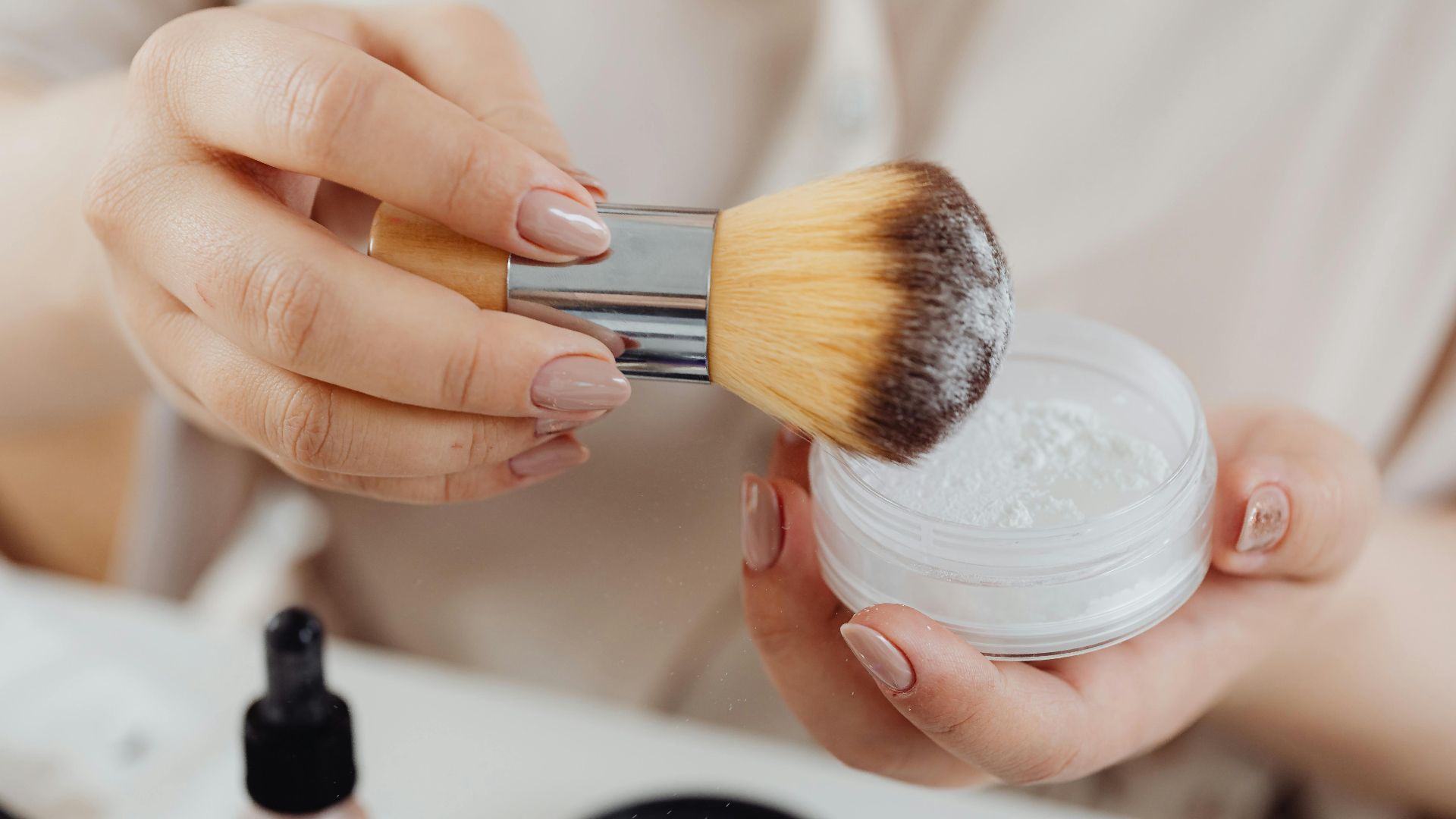 Photo By: Kaboompics.com on Pexels
Photo By: Kaboompics.com on Pexels
6. Wear Seamless Or Flat-Seam Clothing
Sometimes, chaffing comes from the seams. Raised stitching acts like tiny saws on sensitive spots. That’s why athletic brands are big on flat seams and seamless designs. The smoother the surface, the lower the pain factor.
7. Use Protective Taping Or Patches
Strategically placed tape or silicone patches can keep your skin out of the danger zone. Athletes use them to shield inner thighs and other areas prone to high-friction stress. While the protection is temporary, it can be the difference between finishing strong and not finishing at all.
8. Avoid Prolonged Wet Clothing
Wet fabric is clingy and hostile to your skin. It multiplies friction in every step, especially after swimming or rain. Keeping a dry change of clothes on hand or toweling off ASAP helps prevent rashes. Your skin deserves better than being wrapped in a wet towel all day.
9. Maintain A Healthy Skin Barrier
A healthy skin barrier is a key defense against daily wear and tear. Hydrated or moisturized skin resists friction damage better than dry, flaky patches. Avoid harsh cleansers and stick to hypoallergenic lotions if you’re prone to irritation.
10. Choose Breathable Clothing
If you are feeling the heat, so is your skin. Breathable fabrics with mesh panels or vents reduce trapped moisture and cool things down. This is particularly important in hot or humid environments. Trapped heat equals trapped sweat, and that’s how the chafing party starts.




